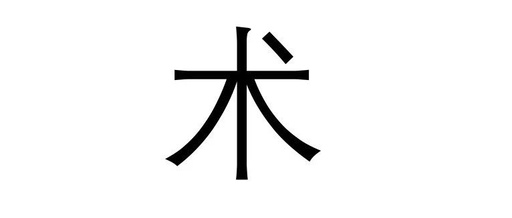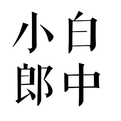Two Types of Slippery Pulse and Two Types of Rough Pulse
The pulse is smooth and flowing, like beads rolling on a plate; this is a common understanding of the slippery pulse (hua mai). It can be diagnosed as phlegm, heat, pregnancy, food accumulation, or qi stagnation. This is correct, but it is only the first type of slippery pulse; there is another type that indicates … Read more




